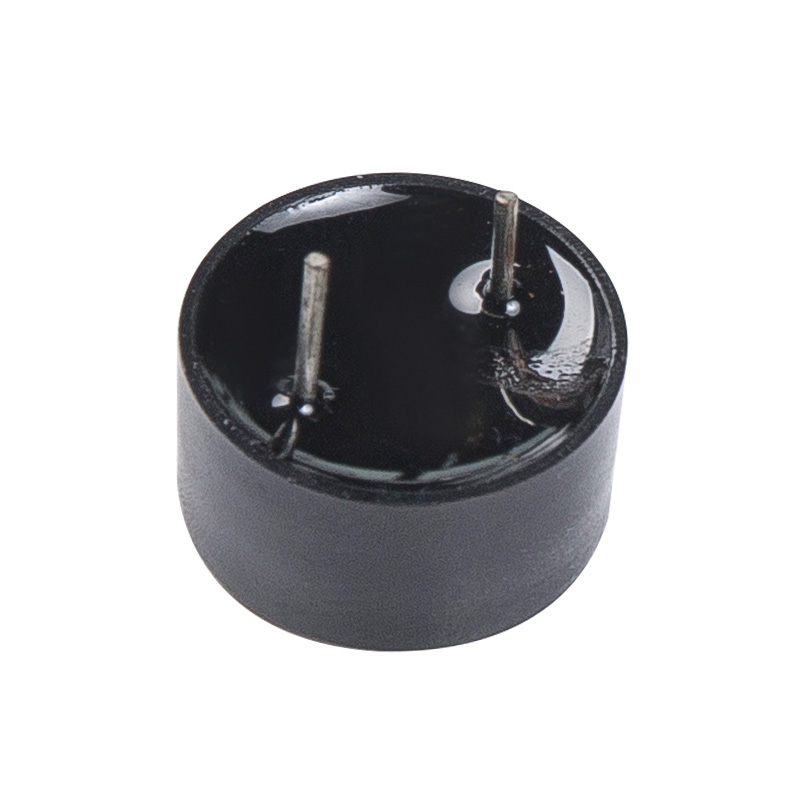Mechanical resonances can occur in various components of a 12V loud transducer, depending on its design and construction. Here are some common mechanical resonances that may be present:
Diaphragm Resonance: The primary mechanical resonance often occurs in the diaphragm of the transducer. This resonance is typically associated with the bending or flexing of the diaphragm in response to the applied electrical signal. The frequency of this resonance is determined by the material properties, dimensions, and tension of the diaphragm.
Suspension System Resonance: If the transducer includes a suspension system to support the diaphragm, such as a surround or spider, mechanical resonances may occur in these components. These resonances are related to the compliance and stiffness of the suspension system and can affect the overall frequency response and distortion characteristics of the transducer.
Voice Coil Resonance: In transducers with a voice coil, mechanical resonances may occur in the coil itself or in the structure supporting the coil. These resonances can be influenced by factors such as the mass of the coil, the compliance of the suspension, and the geometry of the magnetic circuit.

Magnetic System Resonance: The magnetic system of the transducer, including the magnet and the magnetic circuit, can also exhibit mechanical resonances. These resonances may be related to the movement or deformation of magnetic materials under the influence of the applied electrical current.
Enclosure Resonance: If the transducer is mounted in an enclosure, mechanical resonances may occur in the enclosure structure itself. These resonances can be influenced by the size, shape, and material properties of the enclosure and can affect the overall sound output and frequency response of the transducer.
Coupling Resonances: Mechanical resonances may also occur due to coupling between different components of the transducer, such as the diaphragm and the voice coil, or between the transducer and its mounting surface. These resonances can result from interactions between the mechanical impedance of the components and the acoustic impedance of the surrounding medium.
Understanding and mitigating these mechanical resonances is essential for optimizing the performance of the 12V loud transducer, minimizing distortion, and achieving the desired sound quality across its operating range. Techniques such as material selection, component design, and damping can be employed to control and reduce the effects of mechanical resonances in the transducer design.


 EN
EN  English
English Deutsch
Deutsch 中文简体
中文简体
